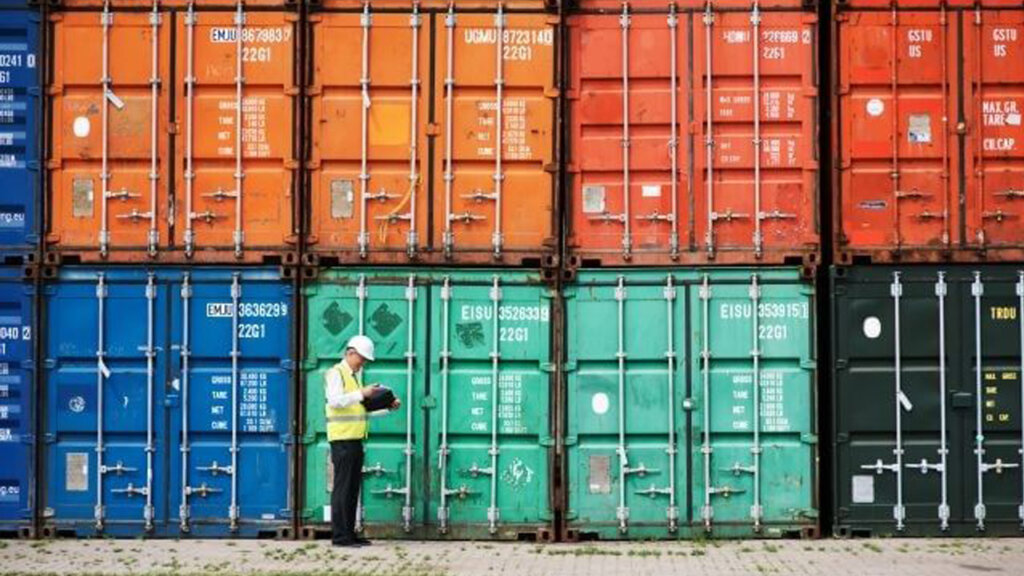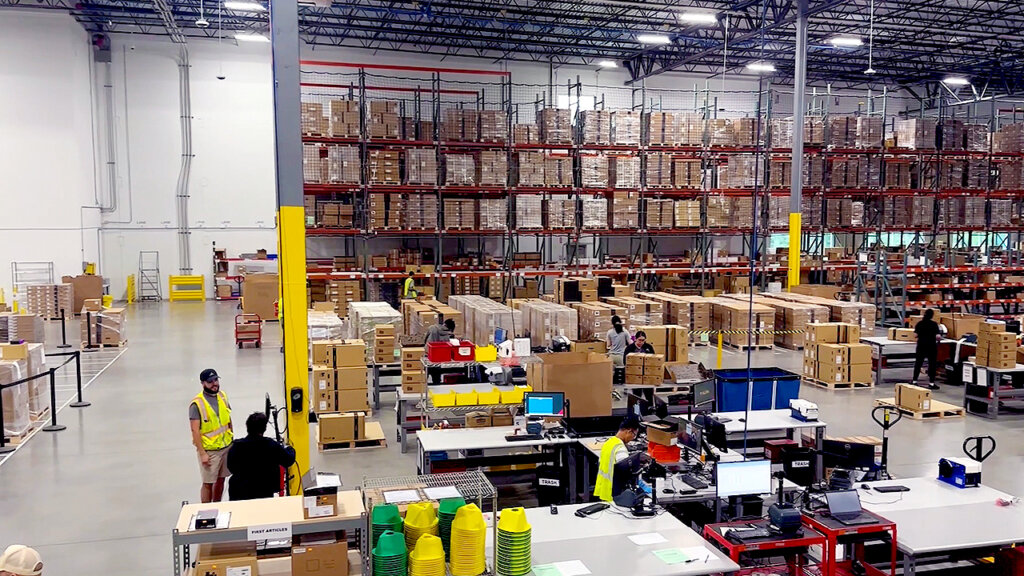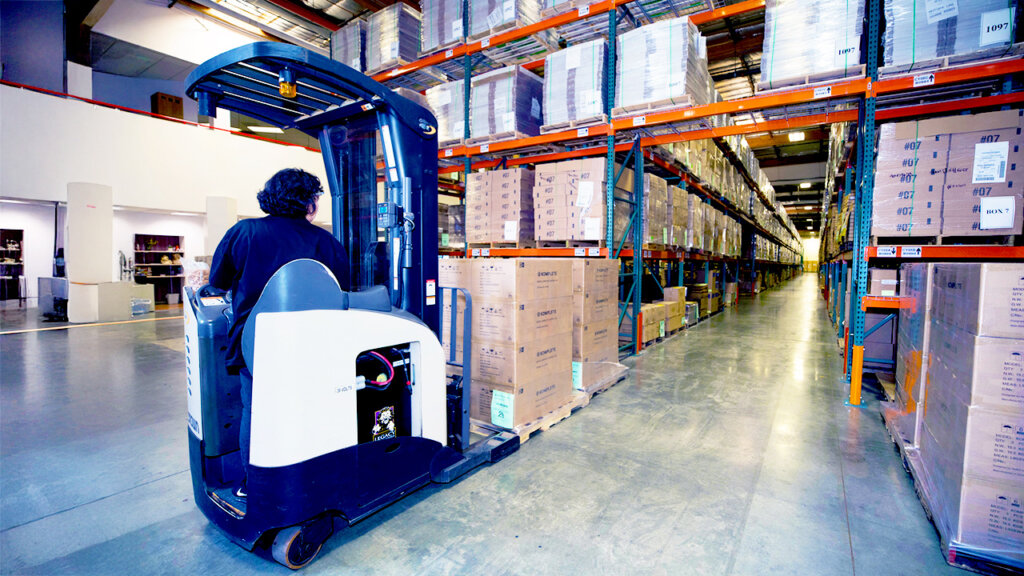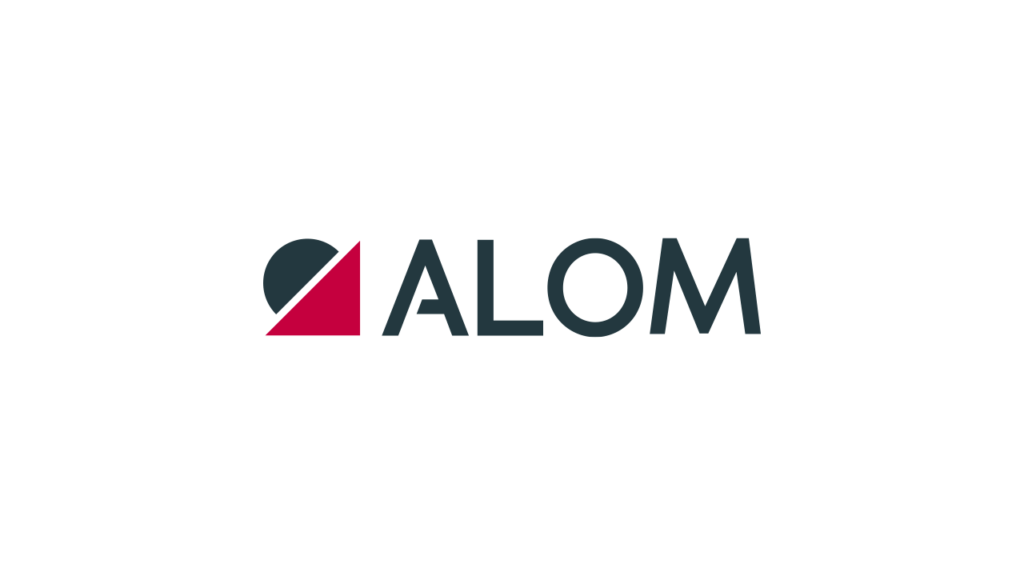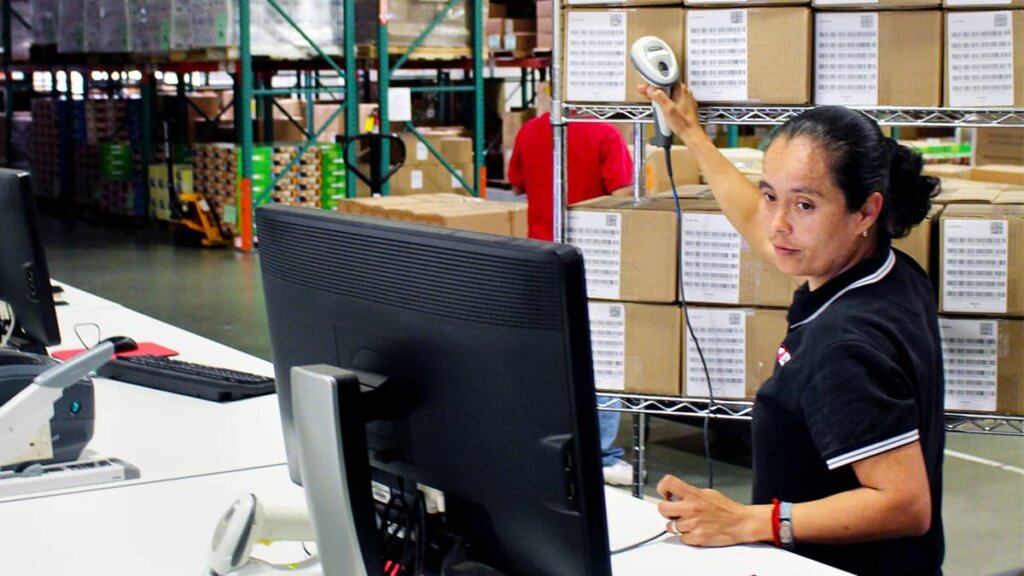I love being on safari in Africa. One of my favorite pastimes is to see zebra herds moving and then stopping at watering holes. Zebras are skittish at the watering holes. Crocodiles are lurking waiting for a tender zebra steak, and any movement in the water causes a zebra to jerk back with the rest of the zebras following. Once the perceived danger has blown over, the zebras go back to their watering; yet only moments later the spectacle repeats. Hours later, the zebras have retreated hundreds of times with no crocodile ever making an appearance.
Humankind – and animals – have survived because of fear. In fact, fear and risk aversion are deeply ingrained in us, and the newspapers and social media know this, and we, the readers, simply cannot help ourselves. We are as skittish as the zebras when we read about the spread of the coronavirus: Maybe doomsday is looming over us. The premature judgment extends to supply chains as well. Of course the serious health threat and economic impacts of coronavirus must be taken seriously and planned for accordingly.
Is the coronavirus the final death stroke to the just-in-time supply chains as certain pundits have predicted? Trade conflicts and rapid changes in the international trade environment and regulations have certainly already complicated global supply chains in the last years. Add to that uncertain supplies due to factory closings and labor shortages, and we are faced with major complications, costs and delays up to and including full-blown disruption.
However, before we have the funeral, let’s also review fluctuations on the demand side. The just-in-time supply chains were designed for two basic purposes: Bring down inventory and increase agility. Demand fluctuations are off the chart for many products. Demand is generally down in China, the world’s second-largest economic power. Globally, demand is up for many medical products. Well-designed just-in-time supply chains are designed to be able to adjust and have built in resiliency with suppliers in different regions, contingency plans and strong visibility.
Yet, even without killing off the just-in-time supply chains, the delays caused by the coronavirus just may be a good opportunity to analyze whether the supply chain should be simplified with near-sourcing closer to the markets. As supply chain pros review the fall-out from the virus, they will see that some of their true and tried suppliers did not survive the disruption. The freight sector came out of a challenging year in 2019, and the 2020 start is not promising, and other sectors may follow with company closings.
Many procurement organizations did what ALOM’s procurement staff did: Go several layers down to ensure redundancy in procurement for uninterrupted supply. With the trade wars, much production was already moved out of China. With Chinese New Year, warehouses were filled up close to markets. It was actually good timing if there could possibly be an upside.
The worst thing everyone can do now is knee-jerk reactions. Instead, it is an opportunity: If new supply chain design and procurement strategy are done well, supply chains may come out stronger and more resilient. With near-sourcing, they may even become more just-in-time.
